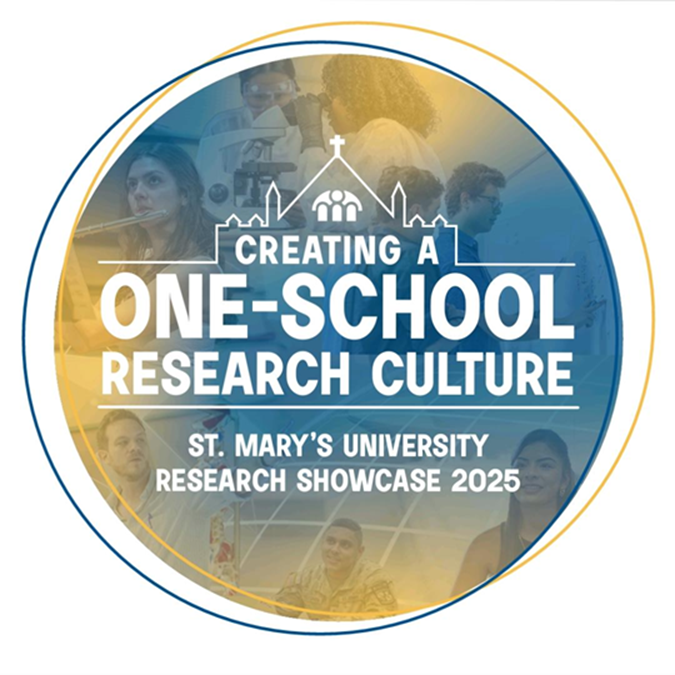Files
Download Full Text (2.1 MB)
Contributor
Jesus Segovia
Digital Publisher
Digital Commons at St. Mary's University
Publication Date
Spring 2025
Keywords
Mycoplasma pneumoniae; M. pneumoniae; Respiratory Distress Syndrome (CARDS) toxin
Description
Mycoplasma pneumoniae is a pathogen that can cause severe respiratory infection that can rarely be life threating. There are currently no vaccines against M. pneumoniae, and the prevalence of antibiotic-resistant strains of M. pneumoniae is on the rise.1 During infection, M. pneumoniae produces a toxin called Community Acquired Respiratory Distress Syndrome (CARDS) toxin, which plays a role in establishing infection. Analysis of the crystal structure of CARDS toxin protein reveals three protein domains: D1, D2,and D3.
After entering a cell, CARDS toxin traffics by a retrograde process to the ER of the cell, where it undergoes processing.4 Our current studies support that CARDS toxin is processed into two fragments; a D1-containing fragment, and a D2/D3-containing fragment. Studying this process is crucial to understanding the effects that CARDS toxin exerts on both intoxicated and neighboring cells. The goal of this study is to analyze CARDS toxin processing in a transfection model of A549 and NHBE primary human bronchial cells, as well as study CARDS processing in NHBE air-liquid culture.
We hypothesize that CARDS toxin is processed more selectively by tracheal cells compared to alveolar cells due to observations seen during M. pneumoniae infection. Samples from transfected cells were analyzed by fluorescence microscopy and western blot. Additionally, NHBE cells were grown in an air-liquid interface culture and treated with purified recombinant CARDS toxin to analyze the processing of the toxin and movement of CARDS toxin fragments.
Format
Size
1 page
City
San Antonio, Texas
Creative Commons License

This work is licensed under a Creative Commons Attribution-NonCommercial-No Derivative Works 4.0 International License.

Included in
Analytical, Diagnostic and Therapeutic Techniques and Equipment Commons, Cardiovascular Diseases Commons


